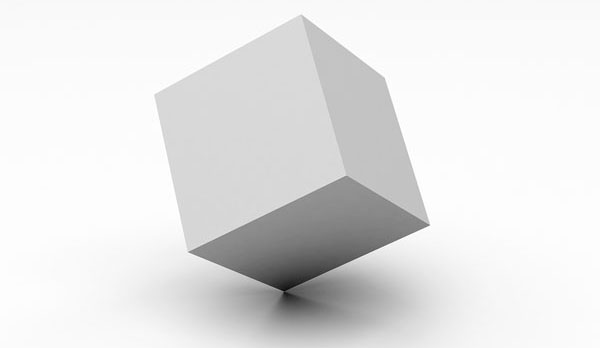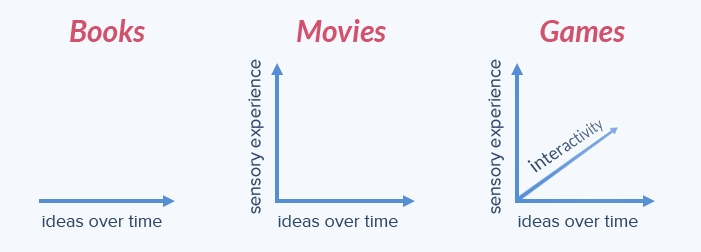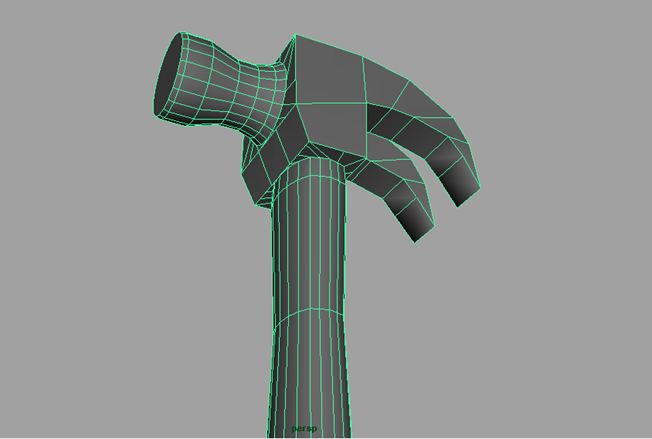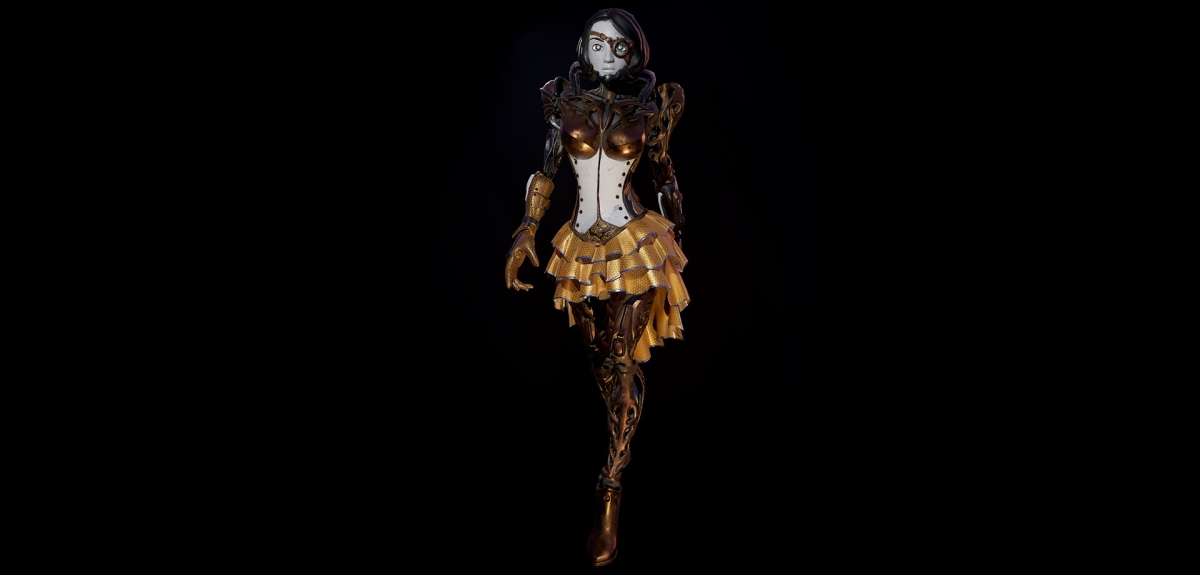When we think of video games and blockbuster movies, we tend to imagine 2 different spectacles. On one hand, you have the sleek and artificial characters and settings of games that are obviously part of a computer-generated world. On the other hand, you have a world in a film that looks like it could be part of our own, even with some fantastic elements added.
Over the past 60 years, the divide between computer/games and film has mostly been very pronounced and clear. However, the dividing line is getting thinner and thinner nowadays, with movies adapting some of the best practices of video games, and games offering increasingly realistic visuals comparable to film. This trend is strongly connected to modeling practices.
What is modeling in games and film?

In the context of media and entertainment, modeling refers to the creation of a 3D representation of objects or settings. Generally speaking, modeling is done using special software on computers, and the models tend to be such things as maps, environments, digital characters, and visual effects. While both films and video games (VG) use digital assets for CGI/VFX, the process and its various aspects have substantial differences, which we will examine.
Key Differences
1. Fixed vs. adaptable scenario
The biggest factor fueling the differences between the two mediums is the type of scenario used. A movie has a fixed plot structure, meaning that events take place in a chronology that does not change. The plot is the same in every viewing, so only models needed for this single plot will be developed. However, games are much more demanding because the visual elements and settings change with each new playthrough and in real-time, as a result of the player influencing the process. Consequently, more models are built than will be used in a single session of play.

2. Budget
It usually takes tens of millions of dollars to develop a popular and multi-platform video game. Accordingly, because turning a profit on a bloated budget is very difficult, we rarely see games with development costs exceeding $100 M. In contrast, movies that utilize a substantial amount of digital assets (typically sci-fi and action flicks) tend to have budgets upwards of $100 million, and sometimes reach hundreds of millions of U.S Dollars. With the budgetary strains placed on most video games, their design quality rarely matches or beats that of feature films.
3. Development Time
At first glance, the timeframes of modeling for VG and film are similar. Both games and movies take several years to develop on average. However, it is much trickier to pin down how much time goes into modeling. What we do know is that 3D modeling in movies typically happens in the post-production phase (usually less than 1 year), and over most of the development timeframe for games. In the end, the limited number of digital assets makes high-quality modeling in movies faster, while the enormous quantity of assets in VG shortens the time spent on each asset while the overall design time stays long.
4. Polygons
When Elon Musk demonstrated the Tesla Cybertruck in November 2019, many internet users joked that it had a low polygon count. If you’ve ever been confused by someone mentioning a “polygon count”, we can finally clear up the matter. Imagine a 3D object (like a hammer) presented as assorted puzzle pieces. Some are triangles, some are elongated squares, some are rectangles, and others are some other variation of a shape with corners. Each “puzzle piece” is a polygon, and when connected in film or game modeling software, they form a single object (in a mesh).

Polygons are extremely important in the design of 3D model game assets and digital assets for films. By increasing the number of polygons in an asset, designers can make it more detailed and beautiful, but also increases the modeling time. As long as moviemakers have the budget and time, they can instruct their team to add as many polygons as necessary to digital assets, and most modern action films take advantage of this option, maintaining a high polygon count. VG polygon counts, on the other hand, tend to be lower than those of film, as they are limited by hardware capabilities, such as console graphics capabilities. With the upcoming release of new consoles like the Xbox Series X and Playstation 5, we can expect graphics capabilities and polygon counts to improve and low poly topology to become a thing of the past.
Other considerations
1. Hardware limitations.
When it comes to the hardware used for the modeling process, the similarities for movies and games are vast. In both cases, a powerful computer with high rendering capabilities is used to create and test models. However, the differences become apparent when we compare the hardware that the actual media is displayed on.
As movies usually exist in the form of a file on a memory device, all it takes to watch them is a computer and application that supports this file format. Most modern PCs and laptops have no difficulty with playing the overwhelming majority of media files and properly displaying movie 3D models, while issues only occur when the format is too obscure or the video quality is inordinately high. On the other hand, it takes a lot more processing and graphic power to play most console and PC titles, so the makers of the titles are forced to adapt them to the hardware capabilities of the average console/computer.
2. Software
Software is one of the areas where there is the most overlap between filmmakers and game designers. That is to say, both use the same high-end and professional programs for creating polygon-based models used in media. The best 3D modelling software for games and movies includes Maya, 3DS Max, Modo, ZBrush, and Houdini. What is different about the two, however, is that filmmakers have several approaches available beyond polygonal design, so they can also take advantage of more programs. Furthermore, they need to incorporate the assets into media clips and add visual effects, so they also engage video-editing software, such as Adobe After Effects.
3. Process
The process of modeling is relatively straightforward for films. Using specialized software, designers create the assets and then integrate them into the media files. However, creating 3D models for games is more complex. For example, many game designers create multiple assets with different polygon counts, so that objects that the player sees up-close look more detailed, while those at a distance are low poly 3D models for games with less detail, though this is barely noticeable. Additionally, filmmaking rarely requires knowledge of coding, while game designers need to integrate the assets into their game engine and codes.
Conclusions
It is a common misconception that 3D designers do the same kind of work, whether it is on game or movie models. Along with that, the design process for both mediums is usually imagined the same – just sitting at a computer and making a virtual copy of an object or character in a program. While these assumptions are true on a surface level, you should now be aware of the deeper differences and deviations between 3D modeling for animation and games.
Speaking in general, game modeling has now reached a level where it is perfectly adequate for providing original action and an enthralling game experience, but has a lot of growth left to do before it can compete with the level of realism offered by film effects and characters. Because of the substantial time and financial resources afforded to most films, as well as the low technical requirements to watch them, their assets and visual effects are considered better. With the rise of more powerful consoles, we might soon see games bridge the gap.
Finding a 3D modeler for games or film
For the uninitiated to the world of 3D design, getting started with the process can feel like a steep climb. First is the step of coming up with a concept, and then you have to learn to build it on your computer. Useful programs all come with their own learning curve and peculiarities, so a lot of time is also spent on getting used to the software. To develop your project, you can get ready to invest a lot of time and effort, or hire someone to do the job for you.

While there are thousands of game and film design studios out there, you will not find all of them on the internet, and those that you do find may have lacking qualifications. That is why you should choose a company with a diverse and impressive portfolio, capable designers, and as many years of experience on the market as possible. 3D Ace is one such studio with over 26 years of experience on the market, and a range of 3D modeling services available to everyone.









